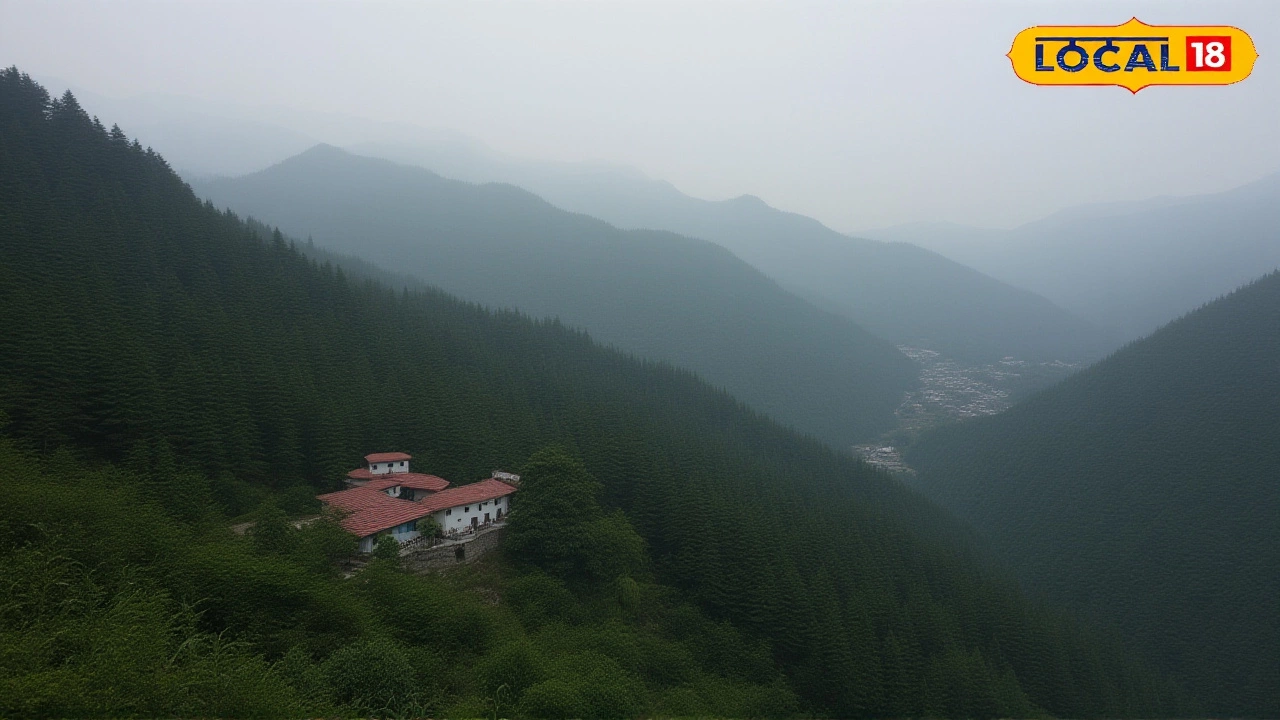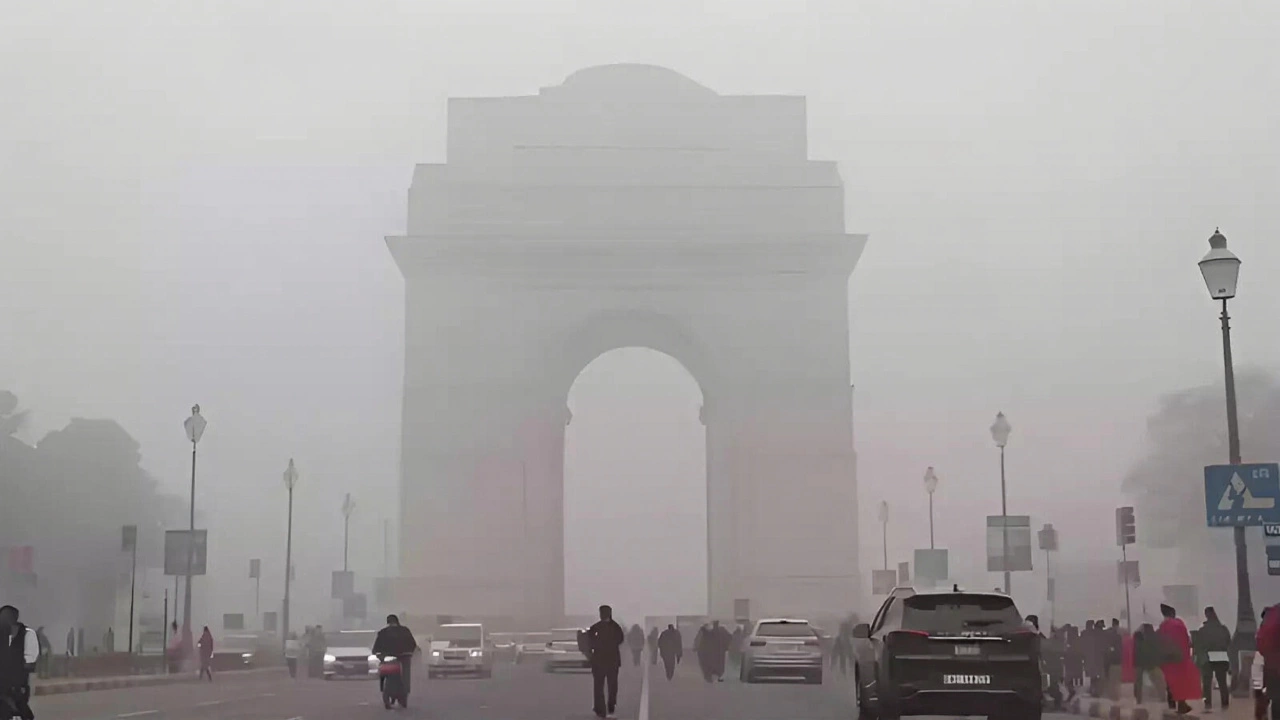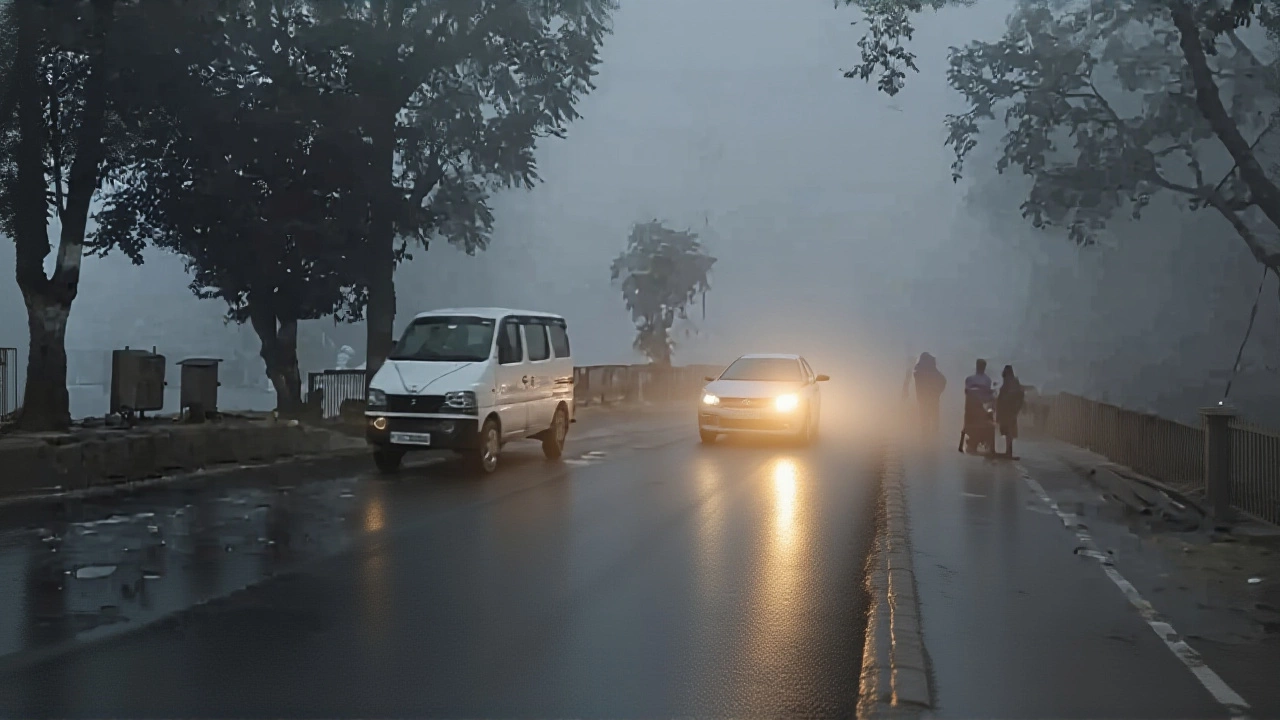Uttarakhand Braces for Deficient Rainfall in Late October 2025 as Temperatures Stay Normal

The India Meteorological Department (IMD) has issued a stark warning: Uttarakhand is on track for one of its driest Octobers in recent memory. From October 17 to 30, 2025, the state is forecast to receive deficient to large deficient rainfall — a continuation of a trend that began the previous week, when rainfall totaled just 7.6 mm against a normal of 10.5 mm. That’s a 27% shortfall. Meanwhile, temperatures across the state remain stubbornly normal, offering little relief from the dryness. For farmers, tourists, and water managers, this isn’t just a weather update — it’s a red flag.
What’s Really Happening in the Hills?
The IMD’s report, released from its Dehradun office on October 16, 2025, breaks down the numbers with clinical precision. In the hilly regions — think Mussoorie, Ranikhet, and Almora — weekly average highs hit 21.2°C, slightly below normal by 1.0°C. Lows hovered at 10.7°C, down 0.9°C. In the plains — Dehradun, Haridwar, and Roorkee — maximums reached 30.0°C, just half a degree cooler than usual, while minimums stayed at 17.3°C. No extreme heat. No cold snap. Just… dry. And that’s the problem.Week 1 (October 17–23) is labeled Large Deficient for rainfall. Week 2 (October 24–30) is Deficient. No recovery. No reprieve. The pattern mirrors last year’s dry spell, but this time, it’s hitting earlier in the season — just as the post-monsoon soil moisture is supposed to be replenishing.
What the Data Shows: Dry Days, Bright Skies
Weather25.com paints an even clearer picture: 29 dry days out of 31 in October 2025. Only two rainy days expected. Total rainfall? A meager 34 mm — less than what falls in a single heavy shower during monsoon season. Sunlight? An average of 11.9 hours per day. That’s nearly 80% of daylight hours bathed in direct sun. It’s the kind of weather tourists love — crisp mornings, golden afternoons — but a nightmare for agriculture and groundwater recharge.For Dehradun, Climate-data.org predicts a high of 25°C (77°F) and a low of 12°C (53°F) on October 30, with just 2.4 mm of rain. In Haridwar, AccuWeather shows a cooling trend: highs dropping from 38.3°C on October 28 to 28.3°C by October 30. Lows follow suit, from 28.3°C to 16.1°C. By month’s end, it’s no longer hot — it’s comfortably cool. But it’s also bone-dry.
Even in smaller towns like Mundhan, temperatures are sliding: highs from 32.2°C to 28.9°C, lows from 21.1°C to 14.4°C. The chill is creeping in, but the rain isn’t.

Why This Matters Beyond the Forecast
Uttarakhand doesn’t just rely on monsoon rains. Its rivers — the Ganga, Yamuna, Alaknanda — are fed by autumnal showers that seep into aquifers, refill springs, and sustain hillside agriculture. A deficit like this, especially in late October, means less water for winter crops like wheat and mustard. It means lower reservoir levels at Haridwar’s hydropower stations. And it means more stress on communities that depend on hand pumps and village tanks.“We’ve seen dry Octobers before,” says Dr. Anjali Mehta, a climatologist at the Wadia Institute of Himalayan Geology in Dehradun. “But when you get two consecutive weeks of deficient rainfall after a weak monsoon, it’s not just a weather anomaly — it’s a systemic vulnerability. The Himalayan foothills are already sensitive. This is the kind of pattern that turns into a water crisis by January.”
Tourism, too, feels the ripple. October is peak season for pilgrims visiting Haridwar and Rishikesh, and for trekkers heading to Auli and Kausani. Dry air means clearer skies, yes — but also increased fire risk. Forest departments are already on alert. Last year, three major forest fires broke out in October under similar conditions.
What Comes Next?
The IMD’s next update is due on October 23. If the dry trend holds, the state may need to activate its Water Conservation Emergency Protocol — a rarely used measure that restricts non-essential water use in towns and urges farmers to switch to drought-resistant crops. The state government has not yet commented, but sources say an internal meeting is scheduled for October 20.Meanwhile, residents are adapting. In Dehradun, households are rationing water for gardening. Farmers in Udham Singh Nagar are delaying sowing. And at the Haridwar ghats, priests are noticing lower water levels in the Ganga — a subtle but troubling sign for the millions who rely on its flow.

Historical Context: Is This Normal?
Not really. Over the past 15 years, Uttarakhand has averaged 60–70 mm of rainfall in October. This year’s projected 34 mm is the lowest since 2018, when the state recorded 31 mm — a year followed by severe winter water shortages. Climate models suggest a trend: monsoons are becoming more erratic, and post-monsoon rainfall is declining. The Himalayas are warming faster than the global average — a phenomenon that disrupts moisture-laden winds from the Bay of Bengal.What’s odd? The temperatures aren’t spiking. That’s the quiet danger. It’s not heat. It’s absence. The silence of falling rain.
Frequently Asked Questions
How will this deficient rainfall affect water supply in Dehradun and Haridwar?
Dehradun’s primary water source is the Kaula and Asan rivers, both fed by autumn rains. With only 34 mm expected for October — far below the 60+ mm average — reservoirs could drop 15–20% by November. Haridwar’s groundwater levels, already stressed by pilgrimage tourism, may require rationing by mid-November if no rain arrives before Diwali.
Is this dry spell linked to climate change?
Yes. Studies by the Wadia Institute of Himalayan Geology show a 22% decline in October rainfall over the past two decades. Warmer air holds more moisture, but it also disrupts the monsoon’s retreat pattern, delaying or weakening post-monsoon showers. This isn’t an isolated event — it’s part of a regional drying trend.
What crops are most at risk in Uttarakhand this October?
Wheat, mustard, and barley — the key rabi crops sown in October — are most vulnerable. Farmers rely on residual soil moisture from the monsoon. With rainfall 27% below normal, germination rates could drop by 30–40%. The state’s agriculture department is advising farmers to use drip irrigation and switch to drought-tolerant varieties like MACS 6478 wheat.
Why are temperatures normal when rainfall is so low?
Rainfall and temperature aren’t always directly linked. This year, the jet stream is positioned farther north, blocking moisture but not heat. Without clouds to trap heat at night, temperatures remain mild — even cool — but the lack of rain means no evaporative cooling. It’s dry heat, not humid heat. That’s why it feels comfortable, but the land is dehydrating.
Could this lead to forest fires?
Absolutely. With 29 dry days and humidity below 35%, forest floors are becoming tinderboxes. Last year, 12 fires broke out in October across Uttarakhand. This year, the Forest Department has already deployed additional fire watchers in the Corbett and Rajaji zones. Campfires and bonfires are being banned in tourist zones.
When will we know if this forecast is accurate?
The IMD will issue a revised forecast on October 23, based on real-time satellite and ground data. By October 27, rainfall totals will confirm whether the state is on track for its driest October since 2018. If rainfall remains under 10 mm for the second half, it will be officially classified as a meteorological drought.




